1. IoT
Internet of Things (IoT) Describes the networking of physical objects—”things”—in the process of connecting and sharing data through the internet with other devices and systems, which are built into the sensors, software, and other technologies. These gadgets vary from basic domestic items to advanced industrial instruments.
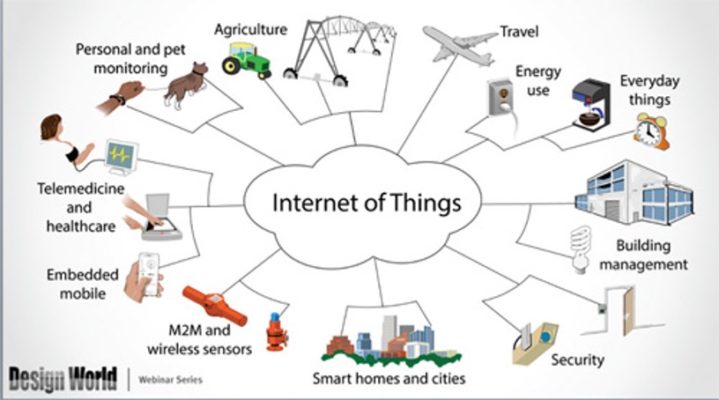
Fig.1: Description of IoT (Source: https://www.designworldonline.com/tips-on-designing-for-the-internet-of-things/)
Due to the confluence of several technologies, real-time analysis, machine learning, omnipresent computing, commodity sensors and embedded systems things have changed. The Internet of Things is all helped by traditional areas such as embedded systems, wireless sensor networks, monitoring systems, automation (including home and building automation), and others. IoT is almost synonymous with items related to the idea of a “smart home” on the consumer market that support one or many common ecosystems, including devices and devices (e.g., lighting devices, thermostats, homecoming systems, and cameras, etc.) And maybe managed by ecosystem-related devices like smartphones and intelligent speakers. In healthcare systems also IoT may be employed. There are several major worries regarding the risks involved in IoT expansion, particularly in the fields of privacy and safety.
2. Cyber-physical systems
Computer computing, networking, and physical processes integration are cyber-physical systems (CPS). The inbuilt computers and networks monitor and regulate physical processes using feedback loops that impact physical processes and vice versa. Such systems have far higher economic and societal potentials than have been achieved, and worldwide substantial expenditures in the development of technology.
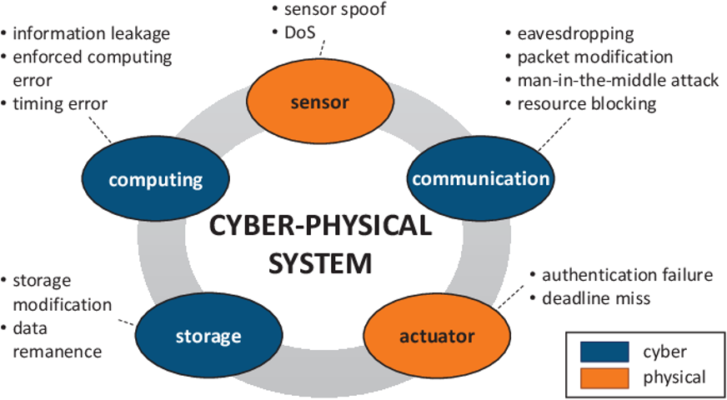 Fig.2: Description of Cyber-Physical System (Source: https://trendyhuman.com/cyber-physical-system/)
Fig.2: Description of Cyber-Physical System (Source: https://trendyhuman.com/cyber-physical-system/)
The CPS may interface with the real-world systems via means of Computation and Communication as well as controls. The interplay of computational and physical elements leads to enhanced implementations of the Internet of Things (IoT). IoT, as well as CPS, are meant to allow real-time applications. and which can manage environmental datasets. CPS is a mix between digital controls and the physical world. For example, the ABS. (Anti-lock / Anti-skid Braking System) would be an integrated system in an automobile to manage the brake force. This computer system uses sensors to interact with the physical world. These embedded devices are no longer autonomously shared, their data may be gathered and processed by communication networks, including the Internet and cloud computing. Create a system of systems.
3. Context Awareness
Context-awareness is a system or system component’s capacity to collect and adapt behavior information on its surroundings at all times. Contextual or contextual computing employs hardware and software to gather and analyze data automatically to guide answers.
The context contains any information related to a certain company, for instance, a person, a gadget, or an application. Contextual information, therefore, comes into a broad variety of categories: time, location, device, identity, user, role, level of privilege, activity, task, process, and neighboring devices/users.
- Location: Identify the device’s current location (with user permission) or be notified when entering or leaving a location.
- Time: Identify the present date and time or notify users when they are in another timezone of the device itself.
- Activity: React to an external, sensor-related incident for the user.
- Environment: Receive sensors, movements, speed or time zones information from a device.
- Collected while the program is in use: the application uses the APIs to get its current location, time or speed.
- Received as relevant background information: At a certain moment, the app wakes up to a location or a signal
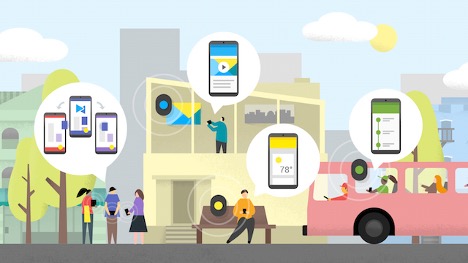 Fig.3: Description of Context-awareness (Source: https://www.afd-techtalk.com/contextual-awareness/)
Fig.3: Description of Context-awareness (Source: https://www.afd-techtalk.com/contextual-awareness/)
Here are three examples of Context-awareness:
- Invasive game applications:
A common game uses the felt environment of human beings to adjust the behavior of the game system. By fusing the real and the virtual components and allowing users to interact physically in the play, individuals may participate completely and have a better gaming experience. For example, an autonomous agent reports an all-embracing game, which exploits the settings of human activity and position in intelligent houses.
- Mobile multimedia applications:
The multimedia mobile devices are occasionally used as an alternative to a standard audioguide in museums and archeological sites (see for example the Tate Modern in London. The location, current user interactions, and the graph of linked items will be used by a context-conscious gadget to dynamically modify the data provided to users. In certain situations, this is coupled with real-time website navigation to lead the user to artifacts or objects that may be of interest on the basis of the prior user interactions.
- Applications in situational or social awareness:
Context-awareness of CSCW has been utilized to assist individuals work and working more effectively together. Computer-based cooperative work (CBW). Researchers have been developing a wide range of soap and hardware systems from the beginning of the 1990s which can gather context information from users (i.e. location, video feeds or status updates). This information is then given publicly to other users, therefore raising their knowledge of the situation and enabling them to discover natural ways of interacting. The user’s location is the most frequent setting for gaining and sharing situational knowledge. For example, each user has a unique identification badge, which can be tracked by a range of overhead infrared sensors, in an early prototype the Active Badge system. When users went through a building, a centralized server monitored the location. This information (either in text or on maps, as was done later) may then be viewed by other users to identify whether a user is at his office and to choose the ideal moment to halt the unplanned talk. The location of the PeopleTones, Serendipity was also disclosed and Group Interaction Support Systems to assist users evaluating if they are close to friends, shareholders and teammates. These systems are more proactive compared to Active Badge, which merely shows location information and alerts the users when they are close to one other. This allows the user to know when there is a possible likelihood of contact and so increases his/her odds of using it.
4. Situation Awareness
The official definition of SA is divided into three segments: environmental perception, understanding of the present, and future status projection. The research has focused on three elements of SA: SA states, SA systems, and SA processes. SA countries relate to the actual situation awareness. SA systems refer to the distribution and exchange of SA between systems components in teams and among objects in the environment. SA processes relate to SA state updates and what leads SA change moment-to-time
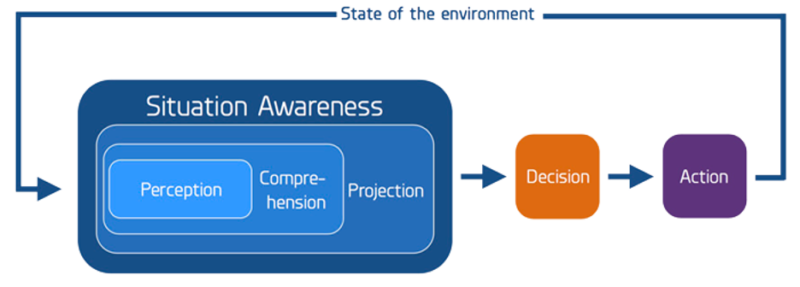 Fig.4: Description of Situation Awareness (Source: https://www.coolfiresolutions.com/blog/situational-awareness-examples-in-business/)
Fig.4: Description of Situation Awareness (Source: https://www.coolfiresolutions.com/blog/situational-awareness-examples-in-business/)
- Smart City and Public Service: Investing in situational awareness solutions has the ability to assist a wide array of local departments and services. For instance, automated warnings and instructions might save lives if delivered in response to severe weather conditions, energy outages, health alerts, and other critical circumstances. Smart city sensors might also respond to localized or individual risks, sending out notifications based on nearby gunfire or informing the nearest hospitals and EMTs in the event of a vehicle collision
- Citizens may also have more visibility in their everyday lives. Traffic management is a key challenge for cities, for example, and intelligent city technologies may contribute to this by preventing road closures, accidents, and slowdowns for vehicles. Likewise, it is possible for public transit passengers to follow their travel routes more effectively, through tracks for buses and subways.
5. Ambient Intelligence
Ambient Intelligence (AMI) is the future vision of smart computing in which explicit input and output devices are not necessary; sensors and processors are integrated in daily gadgets, and the environment is smoothly adapted to customer needs and wishes. AMI systems use contextual information collected through these embedded sense systems to understand and predict users’ requirements using artificial intelligence (AI) approaches. The technology will be man-centric and user-friendly.
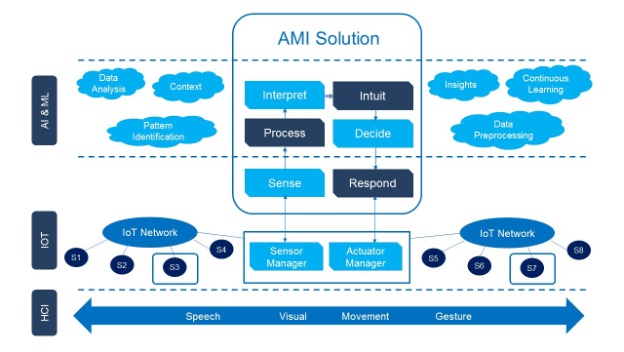 Fig.5: Description of Ambient Intelligence (Source: https://www.infosys.com/insights/ai-automation/ambient-intelligence.html)
Fig.5: Description of Ambient Intelligence (Source: https://www.infosys.com/insights/ai-automation/ambient-intelligence.html)
Here are two examples of Ambient Intelligence
- Neura Inc. seeks to create ambient apps that can learn from the daily routines and analyze their medical requirements for elderly people in assisted living houses. Seniors no longer need to skip their prescription programs with the applications, and as they age, they can easily get into their routines.
- Startup Otter.ai also uses the potential of Ambient intelligence to build intuitive helpers. The firm created a speech technology for transcribing talks via gadgets. These are important to complete conference transcripts. Similarly, users may deepen the app into any material and turn it into important insights.
Source:
https://en.wikipedia.org/wiki/Internet_of_things
https://www.oracle.com/internet-of-things/what-is-iot/
https://ptolemy.berkeley.edu/projects/cps/
https://trendyhuman.com/cyber-physical-system/
https://whatis.techtarget.com/definition/context-awareness
https://www.outsystems.com/blog/posts/context-awareness/
https://en.wikipedia.org/wiki/Situation_awareness
https://www.infosys.com/insights/ai-automation/ambient-intelligence.html
https://www.techslang.com/definition/what-is-ambient-intelligence/
